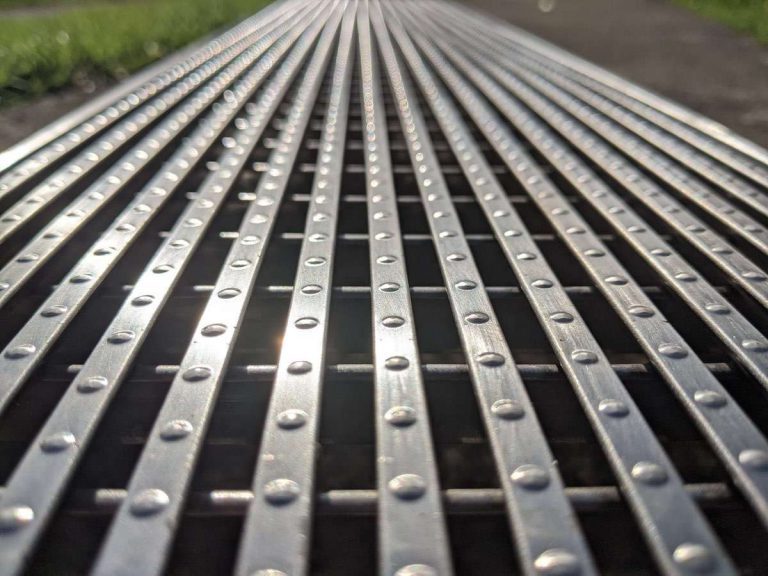Stainless steel and regular steel are two of the most commonly used materials in different industries. While they may look similar, they are different in several ways. This article will delve into the unique characteristics of stainless steel and regular steel, their differences, and why they are used in other applications.
What Is Stainless Steel?
Stainless steel is a type of steel alloy that contains at least 10.5 per cent chromium. The chromium content of stainless steel provides it with unique properties, including corrosion resistance, durability, and strength. The higher the chromium content in the steel, the more corrosion-resistant it is.
Stainless steel is classified into five types: austenitic, ferritic, martensitic, duplex, and precipitation-hardening. Each type has unique properties that make it suitable for various applications.
Martensitic Stainless Steel
Martensitic stainless steel is magnetic and has high levels of carbon. It is commonly used in manufacturing knives, scissors, and other cutting tools due to its high hardness.
Duplex Stainless Steel
Duplex stainless steel contains both austenitic and ferritic stainless steel. It has a high level of corrosion resistance and is used in manufacturing chemical tanks, pipes, and valves.
What Is Regular Steel?
Regular steel, also known as carbon steel, is an alloy of iron and carbon. It is the most commonly used type of steel and is used in various industries, including construction, automotive, and manufacturing.
Regular steel is classified into three different types, low-carbon steel, medium-carbon steel, and high-carbon steel. Each has unique properties that make it suitable for various applications.
Low Carbon Steel
Low-carbon or mild steel contains less than 0.3 per cent carbon. It is easy to weld, cut, and form, making it suitable for use in construction and manufacturing.
Medium Carbon Steel
Medium carbon steel contains between 0.3 per cent and 0.6 per cent carbon. It is more robust than low-carbon steel and is commonly used to manufacture axles, gears, and shafts.
High Carbon Steel
High-carbon steel contains between 0.6 per cent and 1.4 per cent carbon. It is the most vital type of regular steel commonly used to manufacture knives, springs, and other cutting tools.
Differences Between Stainless Steel and Regular Steel
The primary difference between stainless steel and regular steel is their composition. Stainless steel contains at least 10.5 per cent chromium, while regular steel contains iron and carbon. The chromium content in stainless steel provides unique properties such as corrosion resistance, durability, and strength, making it suitable for use in different applications.
On the other hand, regular steel is not corrosion-resistant and prone to rust and corrosion. Regular steel is less durable than stainless steel and has a lower strength-to-weight ratio. However, ordinary steel is less expensive than stainless steel and is commonly used in applications where cost is a significant factor.
Uses of Stainless Steel and Regular Steel
Stainless steel is commonly used in various applications, including:
1. Kitchen Appliances – Stainless steel is commonly used in manufacturing kitchen appliances such as refrigerators, dishwashers, and ovens due to its corrosion resistance and durability.
2. Medical Equipment – Stainless steel is commonly used in manufacturing medical equipment such as surgical instruments, implants, and hospital equipment due to its corrosion resistance and biocompatibility.
3. Construction – Stainless steel is commonly used in the construction industry due to its durability and corrosion resistance. It is used to manufacture structures such as bridges, buildings, and tunnels.
Regular steel is commonly used in various applications, including:
1. Automotive – Regular steel is commonly used in manufacturing automotive parts such as axles, gears, and chassis due to its strength and durability.
2. Construction – Regular steel is commonly used in the construction industry due to its strength and durability. It is used to manufacture structures such as buildings, bridges, and roads.
Conclusion
Stainless and regular steel are the most commonly used materials in different industries. While they may look similar, they are different in several ways. While stainless steel is widely used in applications where corrosion resistance is essential, regular steel is commonly used where cost is a significant factor.
If you need stainless steel drains, trust Yeti Civil Products. We have the experience to provide you with the best possible solutions and systems using high-quality, long-lasting stainless steel drains and grates. Contact us!

